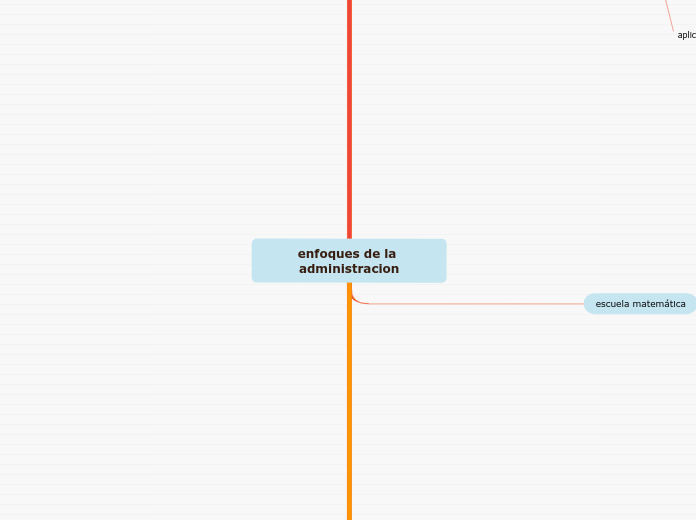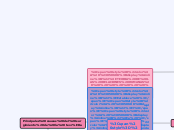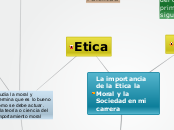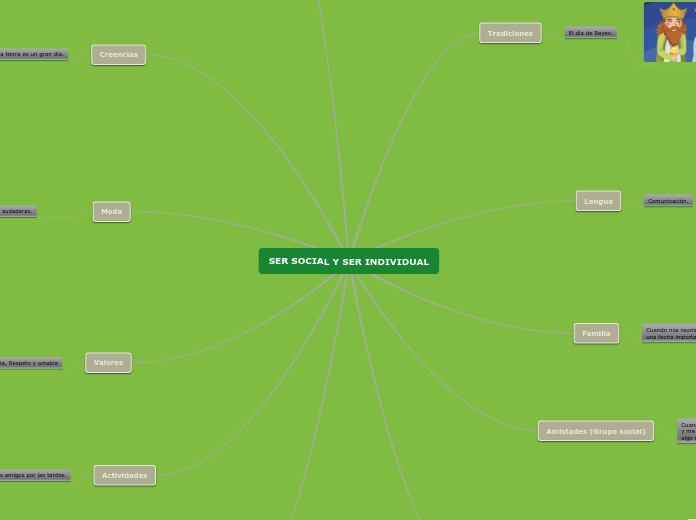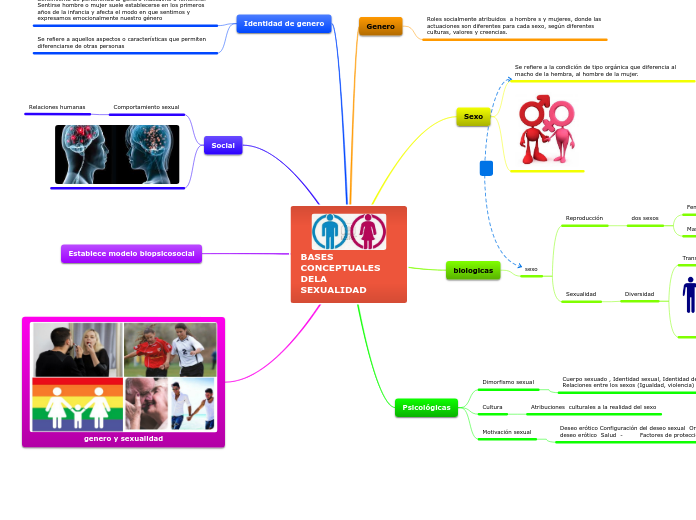enfoques de la administracion
To name your story, you have to think about the overall message and what you want your audience to understand from the story. Also, make it relevant and easy to remember.
escuela de sistemas
modelos
modelos fisicos
modelos matematicos
modelos analógicos
modelos a escala
Entradas, insumos o inputs - Salidas, productos o outputs - Transformadores, procesadores o throughput - retroalimentación - medio ambiente - sistemas abiertos - sistemas cerrados - sistemas semiabiertos o sistemas semicerrados
origenes
La teoría de general de sistemas surgió con los trabajos del biólogo alemán Ludwing von Bertalanffy, publicados entre 1950 y 1968.
estudiar los principios aplicables a los sistemas en cualquier nivel en todos los campos de la investigación
1950 y 1968
Ludwing von Bertalanffy
teoria de la contingencia
The ending of a story is essential. We all know that if the ending is weak, what happened before loses its importance. So make it unpredictable, but fair. A resolved ending answers all the questions and ties up any loose threads from the plot.
busca identificar principios en las acciones a seguir según las características de la situación que se este presentando
Otorga una visión de la capacidad que tiene la empresa para adaptarse a factores externos e internos, integrando ambos de la mejor manera
Se aplica un enfoque “Si… entonces…” El si es un factor independiente, y el entonces será la variable dependiente, que será la técnica a implementar en dicha situación
Los principios que rigen una organización son situacionales, no son universales. Las situaciones del entorno los definirán
El tipo de administración dependerá de la complejidad de cada situación
nace a finales de los años cincuenta, con el objetivo de realizar investigaciones con el objetivo de verificar los modelos organizacionales mas eficaces.
enfatiza que no hay nada absoluto en las organizaciones o en la teoría administrativa, ya que todo depende del enfoque contingente
This is the closure section of the story.
See examples of possible outcomes below:
- all problems have been solved
- it's clear how each one of your characters ends up
- your main character is transformed by the challenge
1964
Try answering these questions to come up with a closure:
- Have all the problems been solved?
- Is there a clear picture of what happens with each character in the story?
- Has the challenge transformed your main character?
- How do the characters feel in the end?
This is the moment when the main character surpasses the last obstacle and finally faces their greatest challenge.
The climax usually follows one of these patterns:
- realization
- resolution
- choice
Type in your answer.
Fred Fiedler
escuela matemática
The middle of the story is where you add layers of complications that will lead to the end. Reveal more about the character's journey. Did their personality go through changes? How did they overcome the challenges? And as you build up the story’s central conflict, make it more personal to that character. Also, from the middle act, you have to lead into the final act.
las probabilidades
simulación de juegos empresariales
elaboración de graficas o grafos
el estudio y analisis de colas
la economía administrativa
características
Utiliza la tecnología
Usa el método científico y los modelos matemáticos
There wouldn't be any tension and excitement in your story if there weren't any obstacles in your character's way.
surgió con la utilización de la investigación operacional en el trascurso de la segunda guerra mundial
A story is nothing more than a character overcoming a series of difficulties to reach the desired goal. Obstacles usually create suspense and conflict. In overcoming obstacles, there is growth: weak becomes strong; hatred turns into love; sadness into happiness; wrong into right; lies into truth; or evil becomes good.
See a few examples below:
- stopping a meteor
- finding a killer
- finding love
en el proceso decisorio de un modo logico
Your character(s) need(s) motivation in order to solve the challenge(s).
1947 - 1954
Why does your character need to confront this challenge? What does he/she expect to accomplish by solving it?
See a few examples:
- will marry in 3 days
- can fix the mistakes of the past
Each story has a main character and that character usually needs to solve a problem or challenge. The character's challenge is the one that creates tension throughout the story.
Neumann , Morgesnstem , Wald , savage ,Herbert Simon
In most stories, there are 3 challenges. The number 3 is a mystical number symbolizing completeness. Try to come up with interesting challenges with which your character needs to struggle.
See a few examples below:
- turns into a werewolf at night
- is sent back in time
calidad total
In the beginning of the story (or the exposition), you will need to introduce the setting and characters. You might also want to introduce the main conflict. This part of the story is important because it gives the reader necessary background information and maybe even a first insight into a character’s personality.
aplicabilidad
Principios Genéricos
Gestión de procesos
Formación
Cooperación con cliente y proveedores
Trabajo en equipo
Cooperación en ámbito interno de la empresa
Cambio Cultural
Participación y compromiso de los miembros de la organización
Liderazgo y compromiso de la dirección con calidad
Atención a la satisfacción del cliente
Orientación hacia los resultados.
Orientación al cliente.
Desarrollo de alianzas.
Responsabilidad social
Gestión por procesos y hechos.
Desarrollo e implicación de las personas.
Aprendizaje, innovación y mejora continuos.
Liderazgo y coherencia en los objetivos.
una estrategia de gestión desarrollada en la década de los 50 desarrollada por los japoneses
la calidad de el proceso que lleva a el producto o el servicio
The setting (time & place) of a story can change throughout the plot.
1950- 1960
The weather is an important element in your story because it can highly influence the ambiance and the mood of the characters.
Characters are essential to a good story. Usually, the protagonist(s) is/are the most affected by the plot. Introduce a character by focusing on their actions, interests, and occupation, as the physical appearance doesn't make a difference in most cases.
E. Edwards Deming, Joseph Juran, Philip B. Crosby y Kaoru Ishikawa
Type in the name of your character.
teoría Z
valores
sutileza en las relaciones
trato intimo
confianza
principios
Confianza
Atención a las relaciones humanas
Relaciones sociales estrechas
orígenes
un estudio tras la crisis energética en donde las únicas empresas en ascenso fueron las japonesas
énfasis
se basa en las relaciones humanas y es participativa
año de surgimiento
1981
autores
William Ouchi - Richard Pascale
